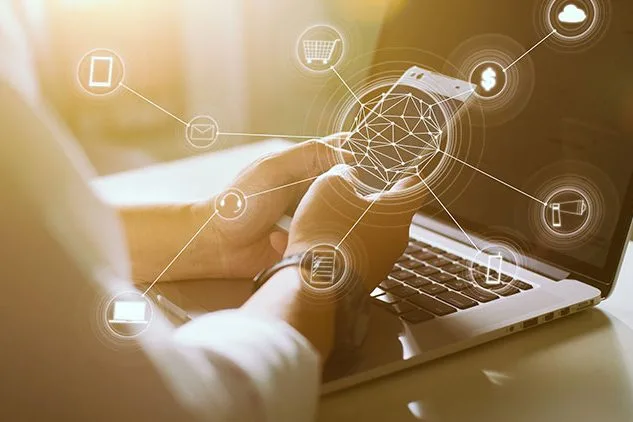Omnichannel Payment Processing: The Next Phase of the Customer Experience

Omnichannel experiences are exploding in popularity. From shopping to payments and fulfillment, customers can have the exact experience they want. However, if these channels and options aren’t managed properly, they can create major headaches for retailers.
Vikas Aron and Dave Roessler, Radial’s Vice President of Omnichannel Solutions and Director of Payment Operations respectively, spoke with Joe Keenan, the Editor-in-Chief at Total Retail, on a recent episode of Total Retail Tech Insights. During the half-hour segment, the three discussed retailers’ current omnichannel pain points and highlighted some solutions and technologies that can help.
Read on for some of the key insights from the interview.
What are Retailers’ Biggest Pain Points?
Whether retailers and eCommerce brands mean for it to happen or not, order lifecycle processes typically operate in siloes. Customer payments and orders have to move through their own unique set of checkpoints and verifications before a product can be shipped out. And multiple teams are needed to manage the complex workflow, payment variations, and order exceptions that occur along the way.
This siloing makes it challenging for retailers to deliver orders on time and ensure product accuracy. At the same time, it makes it difficult to personalize the customer experience, as the disconnect between payment and order processing puts extra strain on teams and artificially limits the data available at any given moment.
One example can be seen in customer payments. Older shoppers like Baby Boomers prefer to use credit cards and rewards cards, but the younger Millennial and Gen Z crowd (specifically those under the age of 21) are more inclined to use Apple Pay, Google Pay, and buy now pay later (BNPL) solutions.
Offering this level of payment personalization, while ideal for your customer experience, is hard on employees, as more options mean more complexity and greater opportunity for issues that have to be resolved by hand.
Unfortunately, this doesn’t decrease demand for more payment options. As a matter of fact, the adoption of alternative payment options is growing exponentially. And buy now pay later is right in the thick of it.
What Does the Future of “Buy Now Pay Later” Look Like?
One of the biggest draws of BNPL is its convenience factor. For customers, it expands purchasing options, by allowing them to pay for big-ticket items in small installment payments. It also creates new opportunities for retailers and eCommerce businesses, by enabling them to reach a younger audience that was previously inaccessible due to their inability to qualify for lines of credit.
However, there are some important caveats connected to BNPL that retailers need to be aware of. First of all, older generations aren’t expected to adopt the technology to the same extent that Gen Z will, as many are comfortable using their existing lines of credit and sticking with their established financial habits.
At the same time, BNPL, like all other types of payment processing, can’t be handled in isolation. It needs to be tied directly to your front-end eCommerce experience and your OMS on the backend to ensure that every step of your order lifecycle—from payment to order processing, shipment, and delivery—happens seamlessly.
Does Your Payment Solution Need to Connect with Your OMS?
It’s not uncommon for retailers to think that their payment processing tools should just be connected with their POS and eCommerce solutions. After all, that’s where the actual purchase is taking place. But there is an inherent flaw in that line of thinking. Namely, that doing so disconnects the frontend (i.e. purchasing) and backend (i.e. order fulfillment) processes, making it difficult to get the product shipped out quickly and seamlessly.
And the more fulfillment options you use—like ship-from-store, dropshipping, curbside pickup, BOPIS, standard delivery, and the like—the more challenging it becomes.
On the flip side, by connecting your payment processing solutions to an omnichannel order management system (omnichannel OMS), you can more easily handle the intricacies of order management and keep your eCommerce POS system and customer service solution connected to the core backend processes that keep your organization running.
What Makes Radial Different?
Radial offers a wide variety of solutions, but every feature and functionality is tied back to our omnichannel OMS technology. For us, order management is the gold standard. It’s what gets products delivered on time, helps you operate smoothly, and keeps your customers happy.
And payment processing is a core piece of that. In fact, by working in tandem, our OMS and payment processing features allow you to close the gaps in your order management process and protect your business against fraud.
Listen to the entire podcast.
